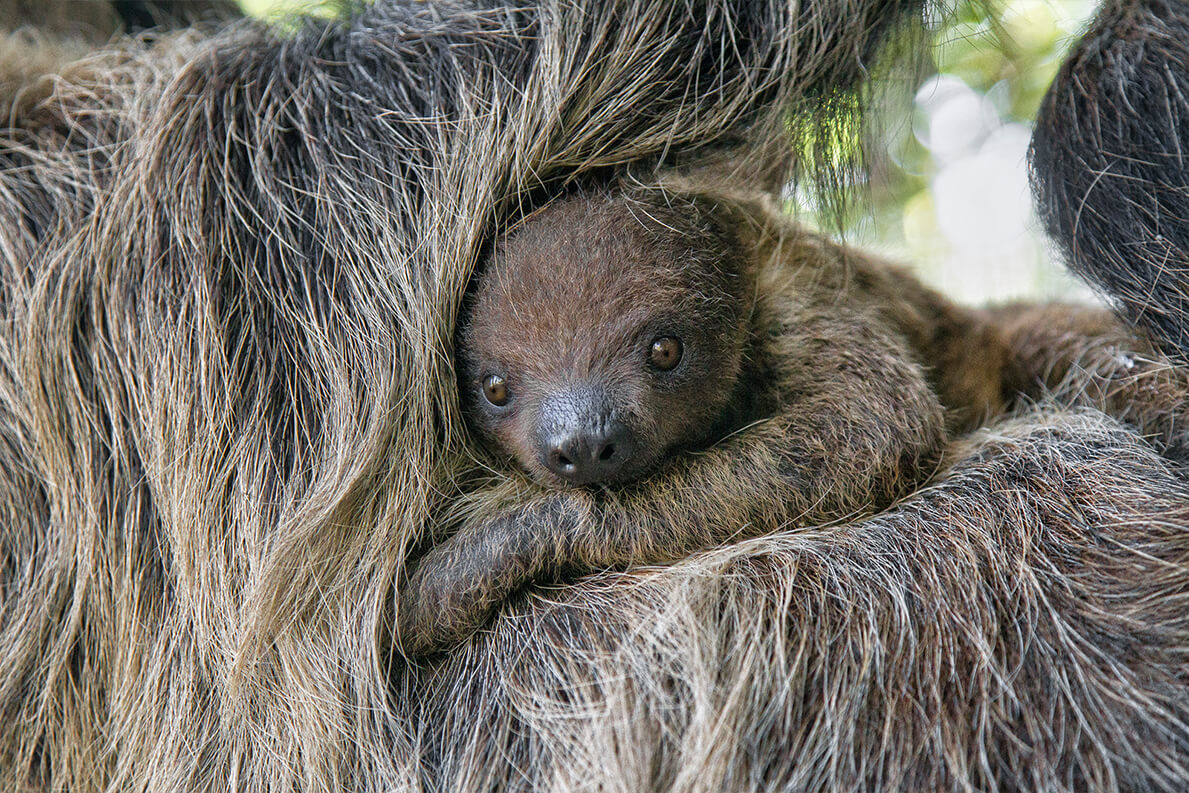
Only in Panama do it live, and habitat loss, hunting, and illegal pet trade pose a threat to its survival. The three-toed sloth, the smallest of the six sloth species, is the most threatened. One of the most remote regions of Costa Rica is Tortuguero, which is accessible only by boat or plane. There are two types of sloths within the 312 km sq National Park, as well as monkeys, big cats, and tapir. The vast majority of the animals in Cahuita live on rainforests, which cover a little over 3000 acres. Private tours start at $40 and can take anywhere from one to three hours. The Puerto Viejo area of Costa Rica is well-known for its sloth spotting. Selvatura Park contains 20 sleepy sloths, many of which have been rescued. Many species of animals can be found in the tropical rainforests of Arenal. If you want to see sloths, you must visit the Monteverde National Park. In Costa Rica, they can only be found in certain regions and have adapted to various conditions. A three-toed sloth is a small, brown-throated, and more ecologically sensitive bird. The two species of sloth found in Costa Rica are Hoffman’s two-toed sloth and the Brown-throated sloth. They are one of the world’s slowest animals, moving at no more than 40 meters per day. This sanctuary is home to over 150 sloths and is dedicated to the rescue, rehabilitation, and release of these animals.Ī sloth is a type of mammal that can be found in the rainforests of Central and South America.

One such place is the Sloth Sanctuary in Alajuela Province. To pay, you should bring cash or a credit card.Ĭredit: There are many places in Costa Rica where you can see sloths. – 3 p.m.) to reserve COVID regulations restrict the number of groups available in a governmental COVID area. If you have a Costa Rican cedula or are in Costa Rica, please call us at 6450-0312 (Mon-Fri, 8 a.m. How Do You Visit The Sloth In Sanctuary Costa Rica? Petting, grooming, or bathing them is not a natural behavior for them, despite the fact that these are not permitted. They do not require human attention in the same way that dogs or cats do. Because they are solitary, sloths prefer to live alone in their natural habitat. It is essential for them to live in silence and solitude. It is harmful to touch a sloth because they are strongly scented animals, so they become stressed by lotions and perfumes people use, loud noises they make, or by inappropriate handling. Sloths, in addition to being extremely sensitive, are also extremely intelligent. There are only a few places in Costa Rica that offer Sloth Sanctuary experiences, and they are few and far between. Visitors can also participate in conservation efforts by learning about the sloth’s threats and what they can do to help. Visitors can observe these slow-moving mammals while they eat, sleep, or play. It is home to over 60 sloths, including 18 babies. Sanctuary is an outdoor facility that provides a safe haven for injured, orphaned, or displaced sloths. The Panama sloth is one of the world’s most endangered animals, and it is critically endangered. When a sloth is dangled from your arm, it feels uncomfortable in the wild. A rehabilitating animal can be returned to health after being injured, orphaned, or disabled. If you plan on visiting the country for a vacation, you might want to consider volunteering at a local sloth sanctuary. The importation of sloths into Costa Rica is illegal unless they are trained. It is not possible to play with wild animals long term with sloth sanctuary volunteers. It is illegal to hold or touch any wildlife, including sloths, in Costa Rica as of 2019. Visitors to the Toucan Rescue Ranch can tour the sanctuary in-depth and learn more about sloths. They are more alert and fearful of being held, resulting in less sleep. The sloths are not open to the general public.

Tourists can learn about various cultures and enjoy the sights. Sanctuary for sloths that have been displaced, orphans, or injured is available in Costa Rica. Humans can contaminate the animal with bacteria and other harmful substances as it becomes very stressed. The sloth’s health is jeopardized by doing this, and no sanctuary should allow it.

Credit: There is no way to pet, touch, or hold a sloth in Costa Rica.


 0 kommentar(er)
0 kommentar(er)
